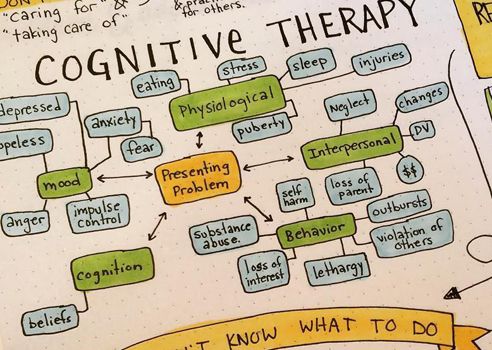Reading time: Less than 1 minute
This is my weekly installment of “writing about writing,” in which I scan the world to find websites, books and articles to help other writers. Today I discuss a blog post about mindmapping….
I fear I sometimes blather endlessly about mindmapping — even though I have a good reason for doing so. Mindmapping was the trick that helped me cure a devastating case of writer’s block — a problem that saw me staring at my computer until beads of blood formed on my forehead.
You can see me show you how to mindmap in a video. Or explain the value of it, in another. Or read other posts I’ve written about the practice. But, today, I’m going to suggest you read a blog post by Seattle-based graphic artist, visual learning consultant and professional mindmapper (!) Lindsay Braman.
Here’s how Braman says mindmapping works for her:
I most often use mind-map brainstorming when I need to integrate information that doesn’t necessarily mesh well (for example, the grad paper prompt that asked me to explore how Cognitive Behavioral Therapy and Native American Sweat Lodges might intersect) or when my paper topic is a Case Study and I need to brainstorm diagnosis and treatment plans before drafting my paper.
Mindmapping helps see themes and identify commonalities in a way that typical paper drafting doesn’t. As you draw connections between ideas and concepts that interact, the structure of your mind map begins to inform your main points, and how you’ll discuss themes, commonalities, and differences.
But what I like best is the sheer beauty of her mindmaps (see the one at the top of this post) and the way she does colour mindmapping. My own mindmaps are an ugly hodge podge. But Braman’s pretty and stylish printing and her eye for colour help make her mindmaps a thing of beauty.
Think about adding colour to your next mindmap. My thanks to reader Jonneke Jorissen for sending me to this impressive website.

